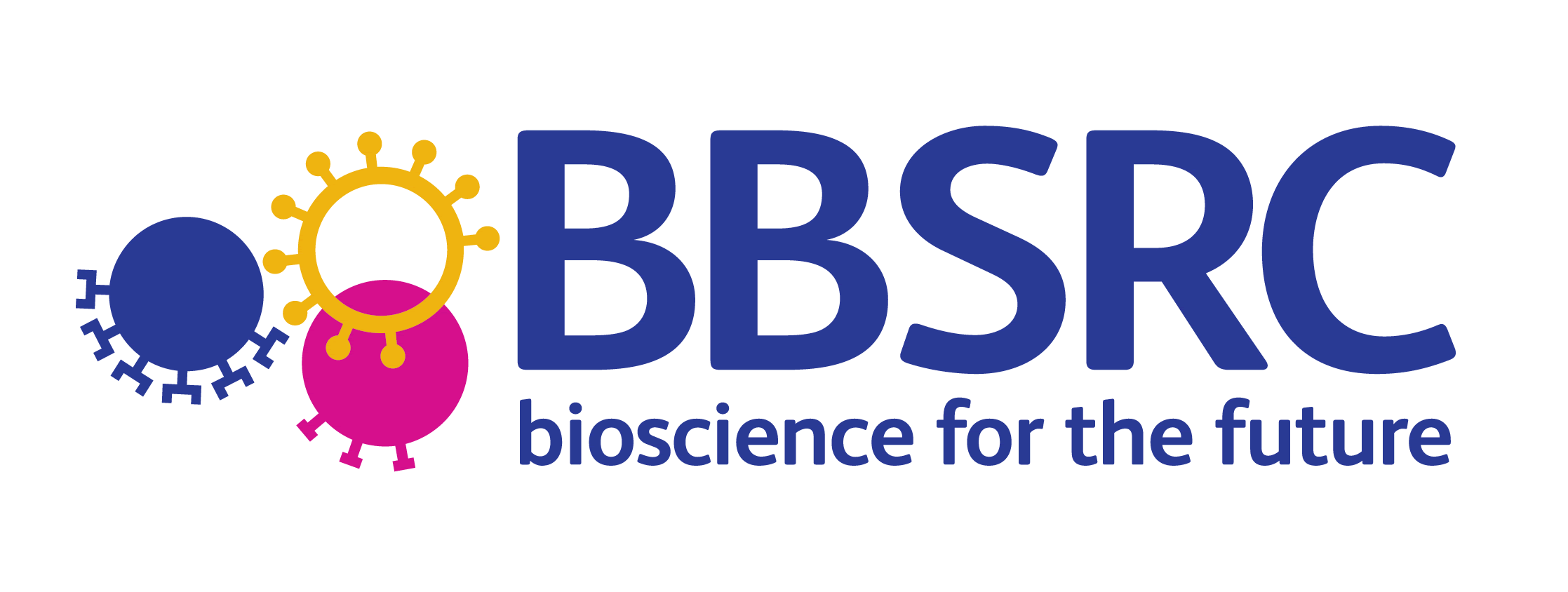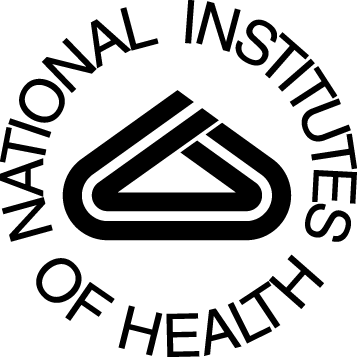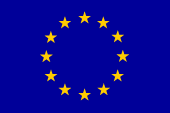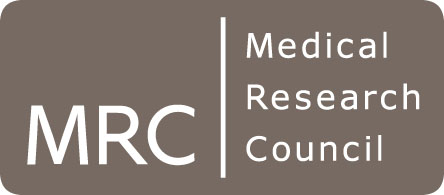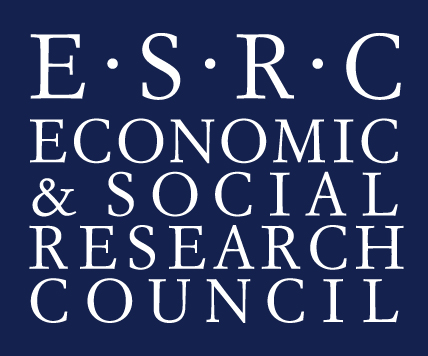New article describing method and enriched corpus for normalising phenotype mentions in text
2016-09-26
We are pleased to announce the publication of a new article in PLOS ONE describing the development of new normalisation method and associated, enchriched corpus to aid in the mapping of textual mentions of phenotype concepts occurring in text to appropriate entries in a domain specfic terminologocal resource, the UMLS Metathesaurus.
The method is shown to acheive robust performance in normalising phenotype mentions when applied to both biomedical articles and clinical narrative text. The accompanying enriched PhenoCHF corpus, containing gold standard nomalised phenotype mentions in both text types, will act as a useful stimulus for the development of further normalisation methods that can be applied accross different text types.
Alnazzawi, N., Thompson, P. and Ananiadou, S.. (2016). Mapping Phenotypic Information in Heterogeneous Textual Sources to a Domain-Specific Terminological Resource. PLOS ONE, 11(9), e0162287
Abstract
Biomedical literature articles and narrative content from Electronic Health Records (EHRs) both constitute rich sources of disease-phenotype information. Phenotype concepts may be mentioned in text in multiple ways, using phrases with a variety of structures. This variability stems partly from the different backgrounds of the authors, but also from the different writing styles typically used in each text type. Since EHR narrative reports and literature articles contain different but complementary types of valuable information, combining details from each text type can help to uncover new disease-phenotype associations. However, the alternative ways in which the same concept may be mentioned in each source constitutes a barrier to the automatic integration of information. Accordingly, identification of the unique concepts represented by phrases in text can help to bridge the gap between text types. We describe our development of a novel method, PhenoNorm, which integrates a number of different similarity measures to allow automatic linking of phenotype concept mentions to known concepts in the UMLS Metathesaurus, a biomedical terminological resource. PhenoNorm was developed using the PhenoCHF corpus—a collection of literature articles and narratives in EHRs, annotated for phenotypic information relating to congestive heart failure (CHF). We evaluate the performance of PhenoNorm in linking CHF-related phenotype mentions to Metathesaurus concepts, using a newly enriched version of PhenoCHF, in which each phenotype mention has an expert-verified link to a concept in the UMLS Metathesaurus. We show that PhenoNorm outperforms a number of alternative methods applied to the same task. Furthermore, we demonstrate PhenoNorm’s wider utility, by evaluating its ability to link mentions of various other types of medically-related information, occurring in texts covering wider subject areas, to concepts in different terminological resources. We show that PhenoNorm can maintain performance levels, and that its accuracy compares favourably to other methods applied to these tasks.
Resource Availability
The enriched PhenoCHF corpus released with this article is available from the META-SHARE network of language repositories.
Futher Information
Detailed information about the PhenoCHF corpus, including its various levels of annotation and annotation format, are avaliable here.
| Previous item | Next item |
| Back to news summary page |
Featured News
- 1st Workshop on Misinformation Detection in the Era of LLMs - Presentation slides now available
- Prof. Ananiadou appointed Deputy Director of the Christabel Pankhurst Institute
- ELLIS Workshop on Misinformation Detection - Presentation slides now available
- Prof. Sophia Ananiadou accepted as an ELLIS fellow
- BioNLP 2025 and Shared Tasks accepted for co-location at ACL 2025
- Prof. Junichi Tsujii honoured as Person of Cultural Merit in Japan
Other News & Events
- AI for Research: How Can AI Disrupt the Research Process?
- CL4Health @ NAACL 2025 - Extended submission deadline - 04/02/2025
- Invited talk at the 15th Marbach Castle Drug-Drug Interaction Workshop
- Participation in panel at Cyber Greece 2024 Conference, Athens
- Shared Task on Financial Misinformation Detection at FinNLP-FNP-LLMFinLegal


